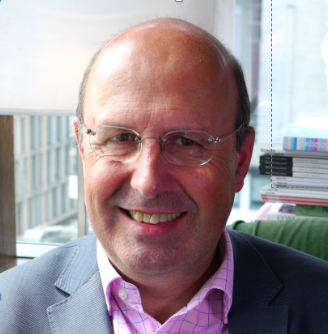You can sign up to our LinkedIn newsletter here.
When people first start out as a Portfolio Executive. I believe that having their own website is unnecessary. But over time, people do want to have their own web presence and I’m often asked, “What should I have on my website?”
Who you are
I think the most powerful thing you can do with your Portfolio Executive website is give people a stronger sense of who you are; what you stand for and what you care about. Really, it’s about enhancing and developing your brand, first and foremost.
When you look at professional websites out there, they have a whole range of different styles, have a look at http://www.greencaterpillarconsulting.com/. Compare that to this finance director website and this third one. Very different story, very different brand, very different presentation. Now check out their stories at the Portfolio Executive Community.
https://portfolioexecutive.biz/executives/kim-pearson/
https://portfolioexecutive.biz/executives/james-riddiough/
https://portfolioexecutive.biz/executives/becky-williams/
Who your audience is
The second thing is content. I would suggest you want to identify very clearly, who your audience is. So, it might be that your audience is in a particular sector, or it might be your audience is people with a particular role or it might be your audience is organisations at a particular life stage. It may be that you’re looking for people that are at the intersection of those three audiences.
I would suggest that on your front page you want to identify those audiences, and then people can step through from that entry point into the rest of your content.
Content
Your website needs to have some kind of blog. I don’t think you need to have a separate blog, from the LinkedIn articles that you’re posting. I always reproduce my LinkedIn articles on my blog on my website.
You may also want to have some free content that people can download, whether it’s a diagnostic or whether it’s a guide to something. The key is to provide something where they can interact with your website.
The final thing to think about is whether you want to have any video content.
Having a short video that introduces you, that’s been professionally done, can create a very powerful impression. But you have to be the sort of person who’s comfortable being on video.
Start simple
There’s nothing worse than a website that looks out of date or looks incomplete. You can start with a very simple one-page website and develop it. But make sure that anything that’s out there in public is complete, has been tested, has been proofread and makes sense. If you want to add additional pages, do that afterwards. Don’t try and move on a broad front, leaving a lot of undone stuff.
Don’t set yourself up with a website which requires a lot of maintenance because it’s always got lots of time related stuff on it. People will notice that, for example, if you normally do something once a week, that there’s been no new content for about a month. This will suggest that your website is unloved. Don’t start with an ambitious commitment to content and currency on your website. Just do what is possible. Do what is minimal. Focus on the brand impression you’re going to create, then all those other great things you might do, wait until you’ve got the time and the energy to do them consistently.
The timing is key!
The final word of warning is: don’t do your website too soon. For most of the Portfolio Executives I work with, their ideas about what their offer is, how they’re going to deliver it to market, and where their sweet spot is, evolves in the time we work together.
If you put a line in the sand too early with your website, you’ll just have to go back and redo it.
And even when you have done it, expect that you’ll have to do a major rebuild every 18-36 months because website styles age very quickly. What looks exciting and compelling today, will start to look a bit tired and frayed in 18-36 months’ time.
Conclusion
A website is a very useful tool for developing your presence as a Portfolio Executive. Don’t do it too soon (a LinkedIn page and LinkedIn company page is good enough to start with). Focus on the impression you are going to create. Start simple. Don’t overcommit to too much content too soon. Recognise that your website will need to evolve and require a regular re-build.

Charles McLachlan is the founder of FuturePerfect and on a mission to transform the future of work and business. The Portfolio Executive programme is a new initiative to help executives build a sustainable and impactful second-half-career. Creating an alternative future takes imagination, design, organisation and many other thinking skills. Charles is happy to lend them to you.
